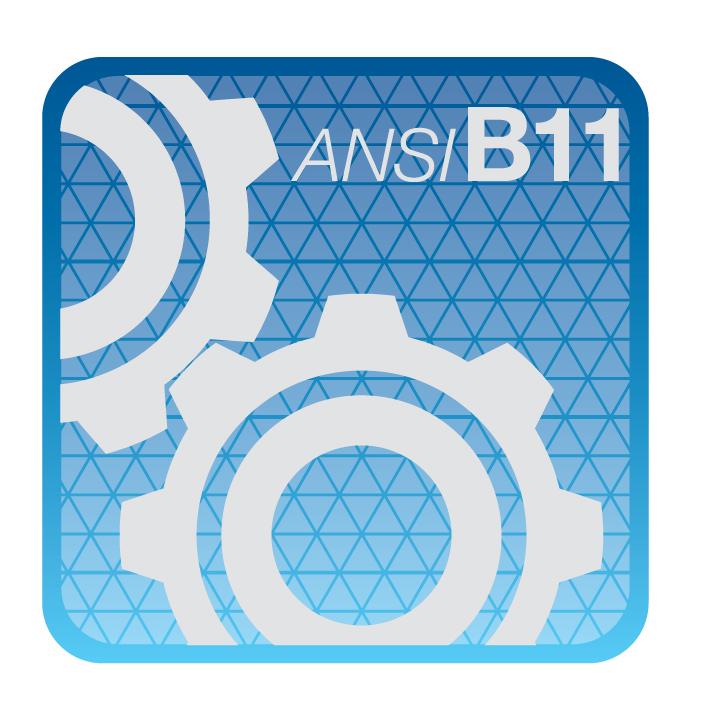These resources have been provided to help you find specific information as quickly as possible. If you cannot find the information you need, please contact B11 Standards.
United States
Occupational Health and Safety Administration (OHSA)
http://www.osha.gov
With the Occupational Safety and Health Act of 1970, Congress created the Occupational Safety and Health Administration (OSHA) to assure safe and healthful working conditions for working men and women by setting and enforcing standards and by providing training, outreach, education and assistance. OSHA sets out the rights and duties of all parties in the workplace. Its main purpose is to protect workers against health and safety hazards on the job. The Act establishes procedures for dealing with workplace hazards, and it provides for enforcement of the law where compliance has not been achieved voluntarily. OSHA is part of the United States Department of Labor. The administrator for OSHA is the Assistant Secretary of Labor for Occupational Safety and Health. OSHA's administrator answers to the Secretary of Labor, who is a member of the cabinet of the President of the United States. The OSH Act covers employers and their employees either directly through federal OSHA or through an OSHA-approved state program. State programs must meet or exceed federal OSHA standards for workplace safety and health.
National Institute for Occupational Safety and Health (NIOSH))
http://www.cdc.gov/niosh
The mission of NIOSH is to generate new knowledge in the field of occupational safety and health and to transfer that knowledge into practice for the betterment of workers. To accomplish this mission, NIOSH conducts scientific research, develops guidance and authoritative recommendations, disseminates information, and responds to requests for workplace health hazard evaluations.
NIOSH provides national and world leadership to prevent work-related illness, injury, disability, and death by gathering information, conducting scientific research, and translating the knowledge gained into products and services, including scientific information products, training videos, and recommendations for improving safety and health in the workplace.
American National Standards Institute (ANSI)
http://www.ansi.org
The American National Standards Institute (ANSI) coordinates the development and use of voluntary consensus standards in the United States and represents the needs and views of U.S. stakeholders in standardization forums around the globe.
Canada
Ontario Ministry of Labour
http://www.labour.gov.on.ca
Through the key areas of occupational health and safety, employment rights and responsibilities, labour relations and internal administration, the ministry's mandate is to set, communicate and enforce workplace standards while encouraging greater workplace self-reliance. A range of specialized agencies, boards and commissions assist the ministry in its work.
Canadian Standards Association (CSA)
http://www.csa.ca
The Canadian Standards Association is a not-for-profit membership-based association serving business, industry, government and consumers in Canada and the global marketplace.
As a solutions-oriented organization, they work in Canada and around the world to develop standards that address real needs, such as enhancing public safety and health, advancing the quality of life and helping to preserve the environment.
